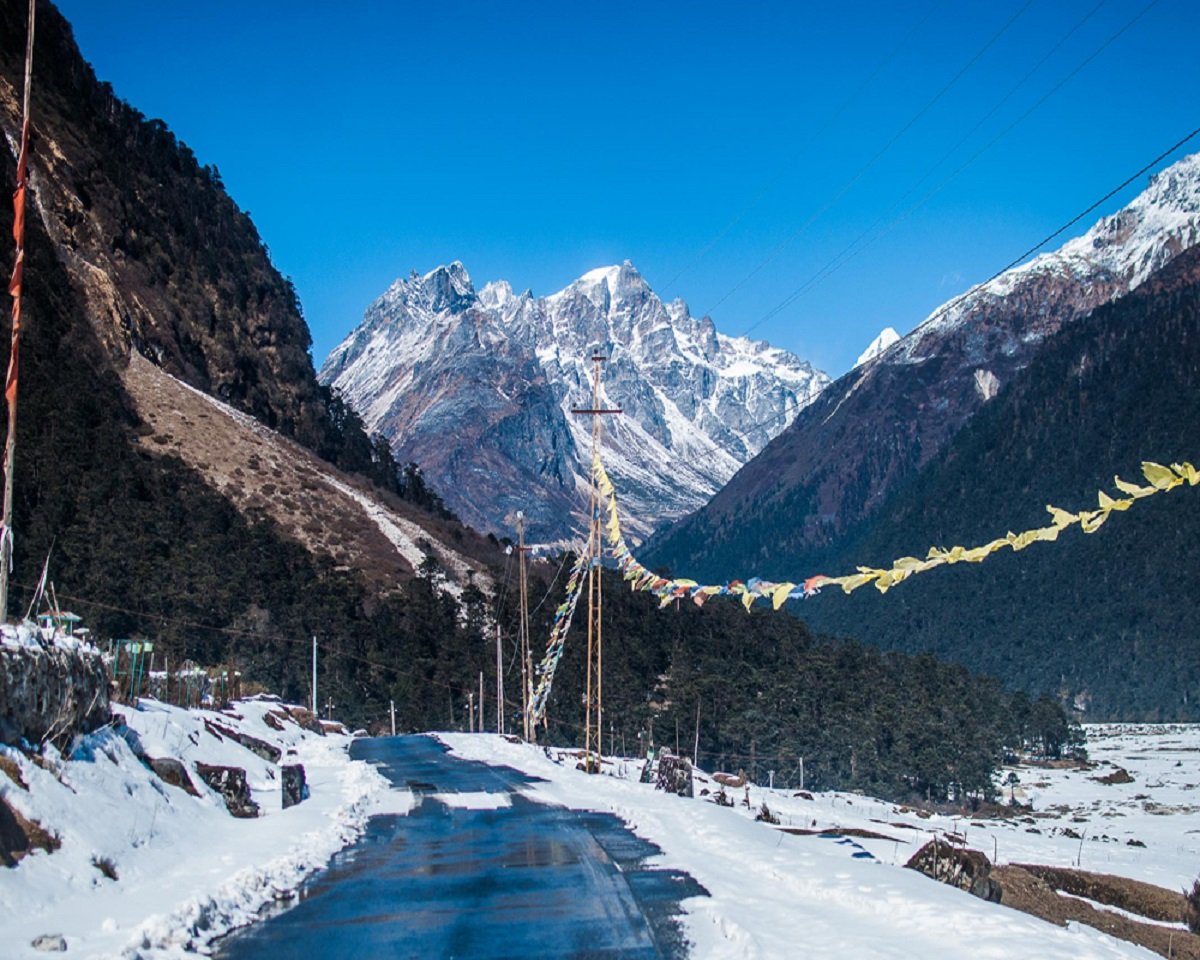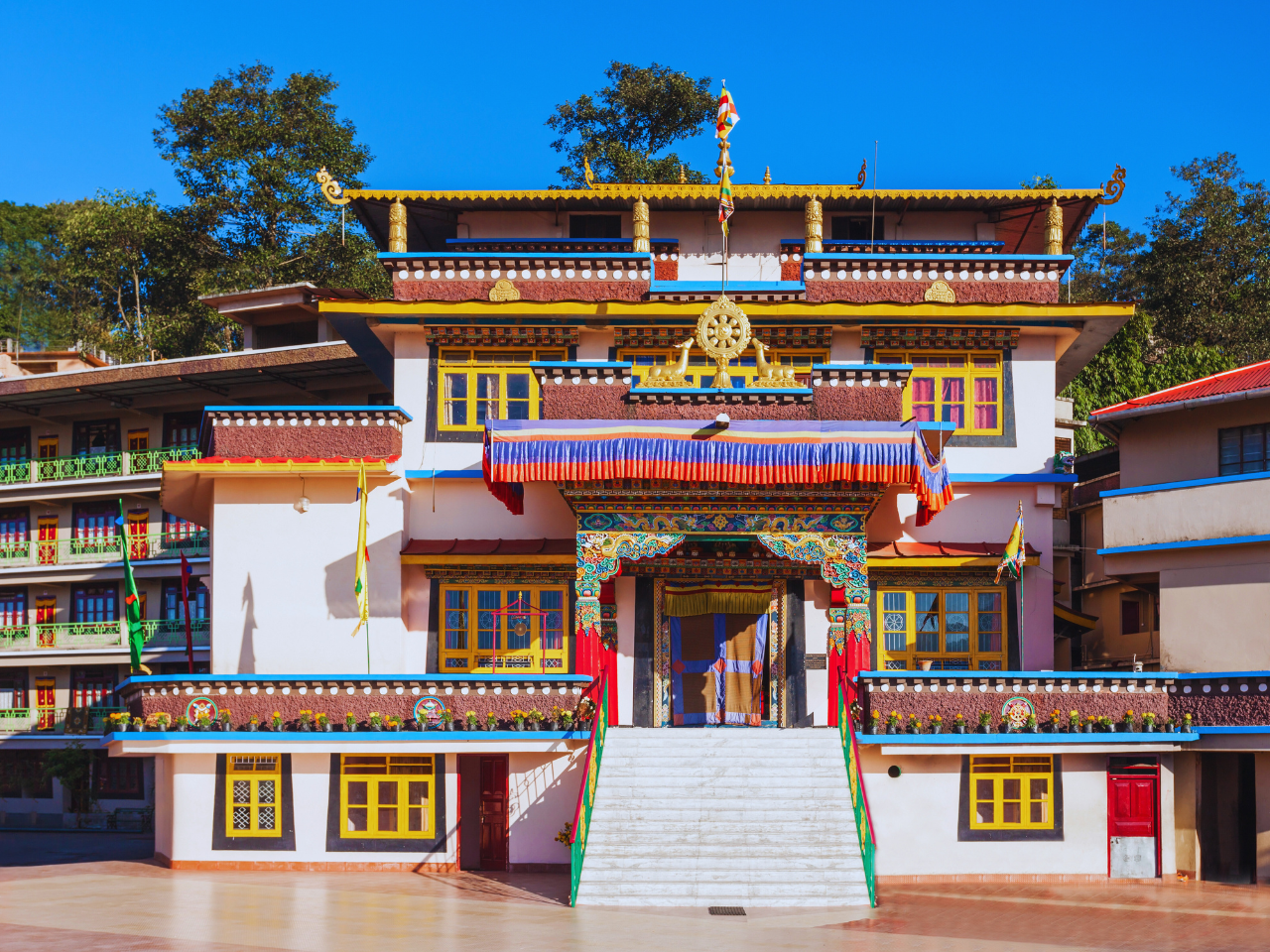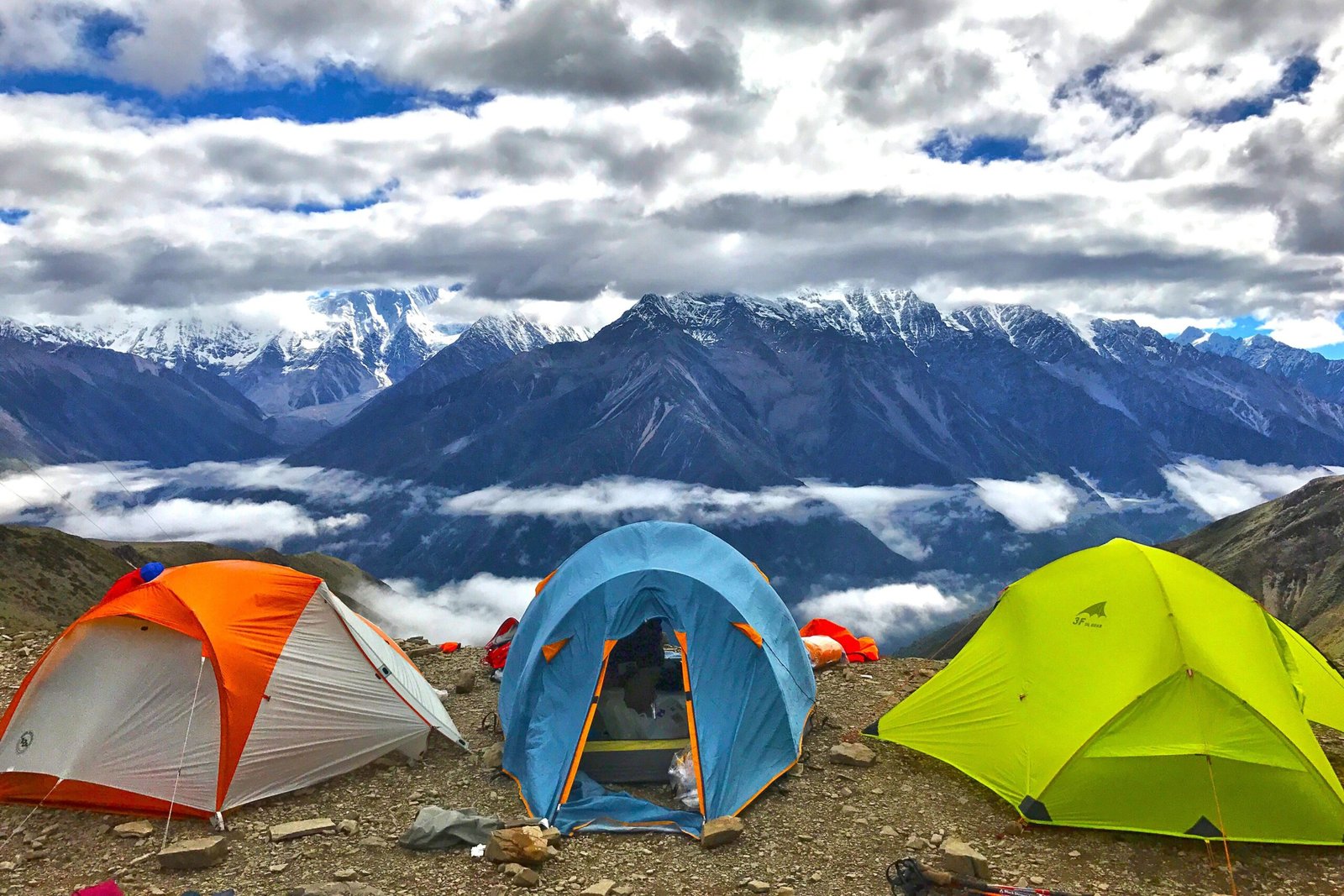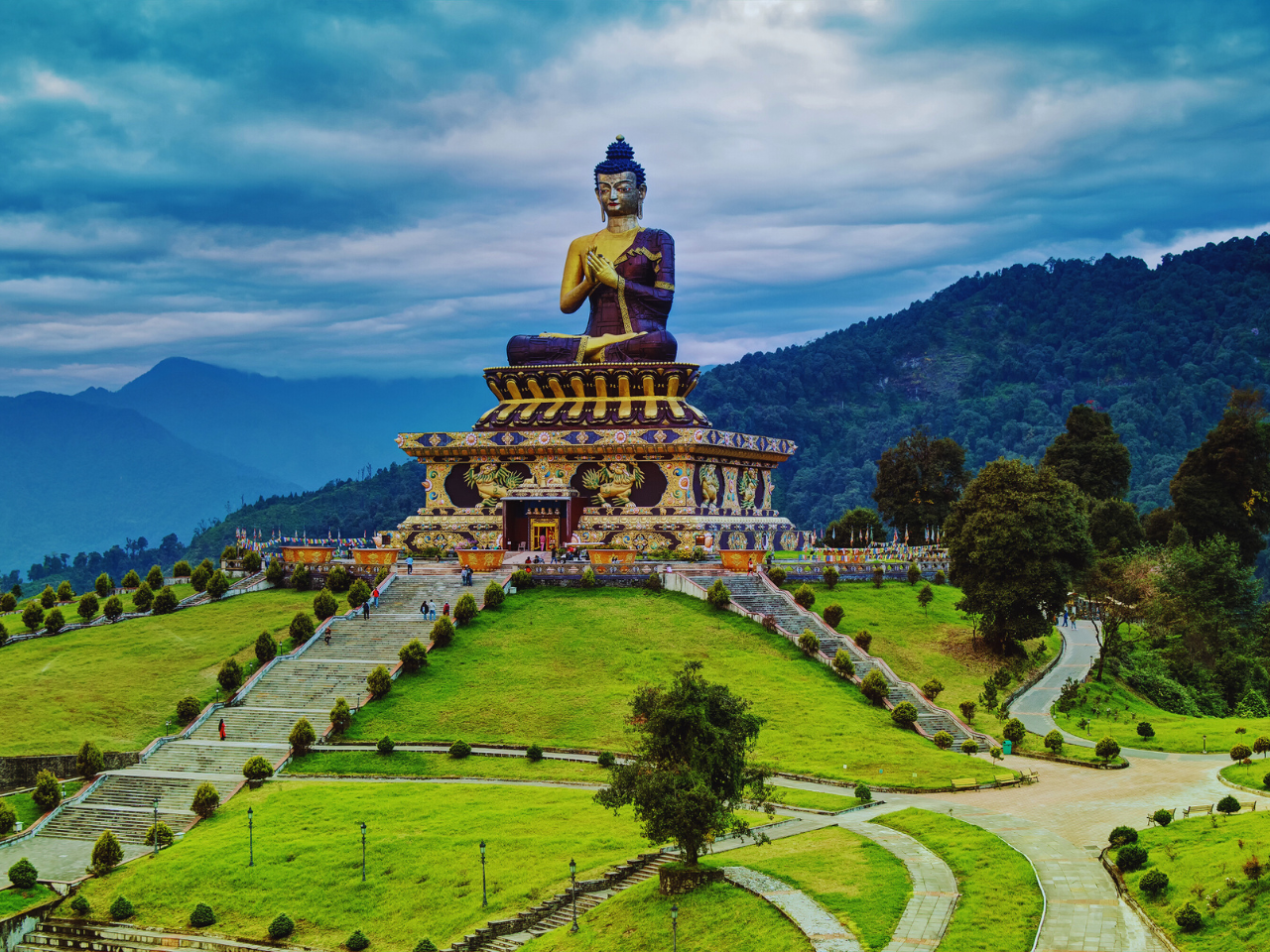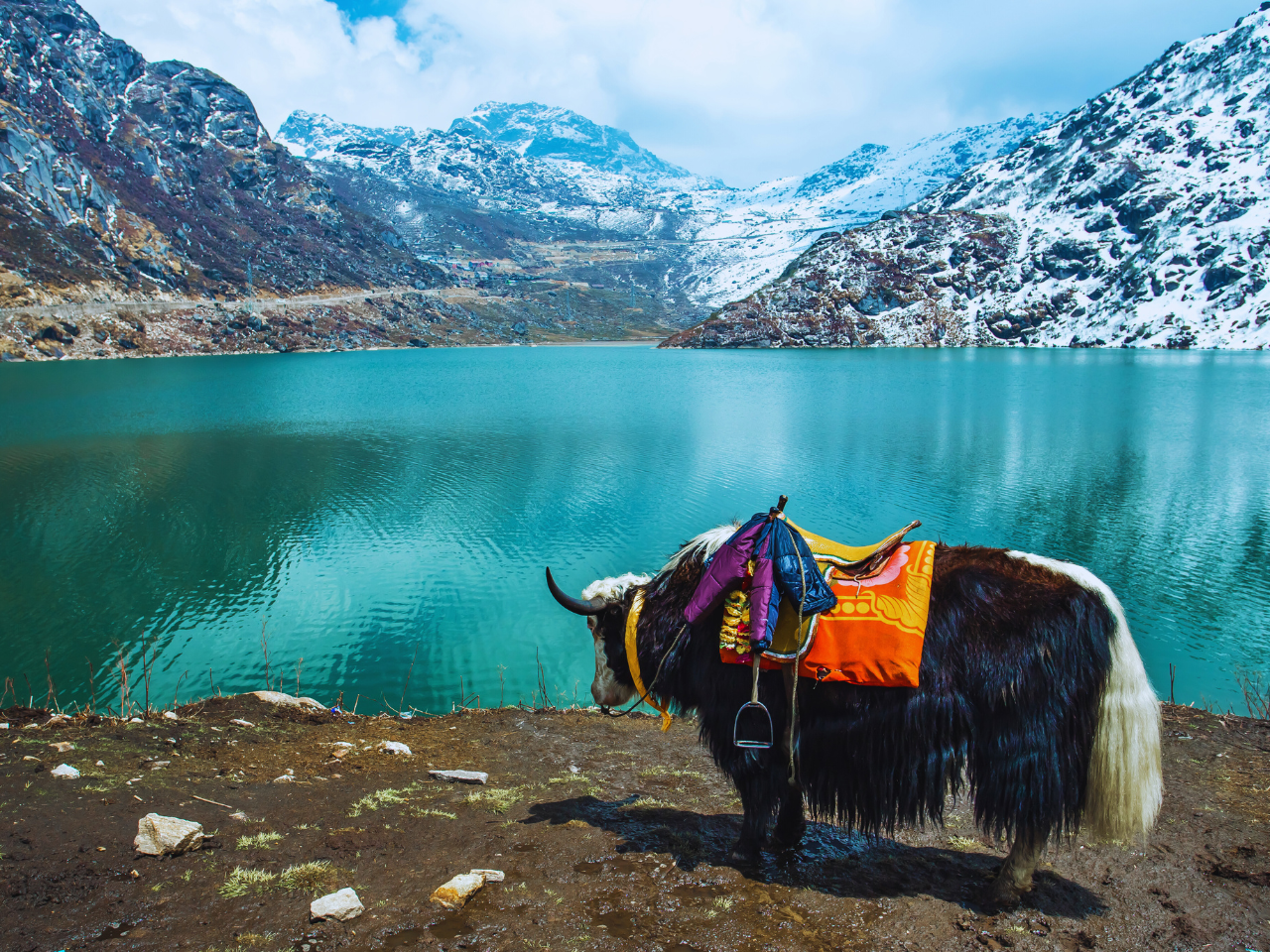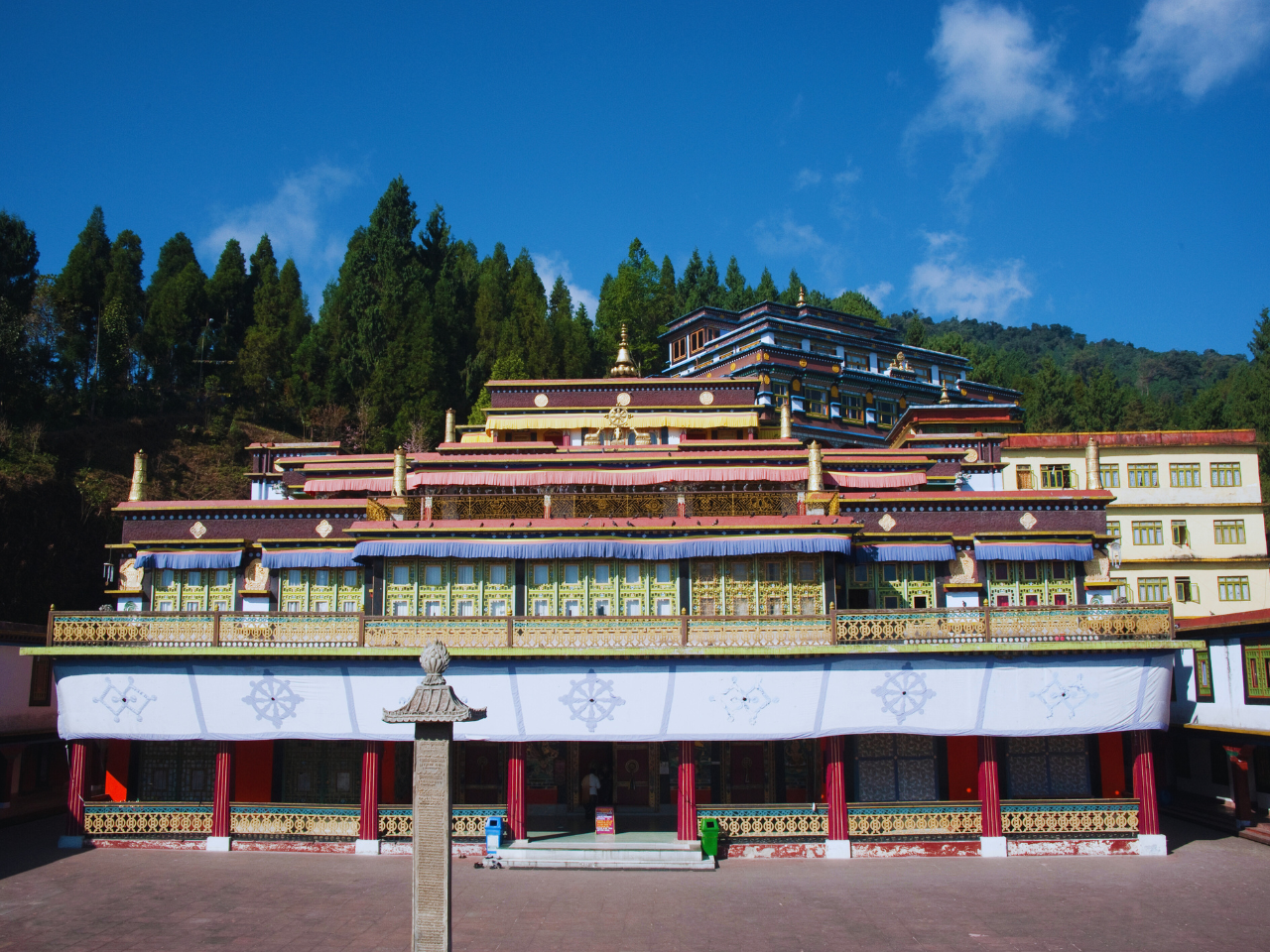Yamthang Valley
About
Nestled amidst the majestic Himalayas in North Sikkim, Yumthang Valley, also known as the Valley of Flowers, is a tapestry woven with vibrant colors and breathtaking landscapes. At an altitude of 3,564 meters (11,693 ft), this valley transforms into a paradise on Earth during the spring, boasting a riot of floral colors that will leave you spellbound.
Best Time to Visit Yumthang Valley
Yumthang Valley experiences distinct seasonal variations, each offering a unique charm. Here’s a breakdown of the ideal time to visit based on your preferences:
Spring (Feb to Mid-June):
This is undoubtedly the peak season, and for good reason. The valley explodes in a kaleidoscope of colors as rhododendrons, primulas, edelweiss, and countless other alpine flowers paint the meadows in a vibrant spectacle. Be prepared for slightly colder temperatures and potential crowds.
Autumn (October to November):
The valley transitions into a golden hue as the leaves change color. While the floral display is minimal, the crisp mountain air and the serenity of the off-season offer a unique charm.
Pro Tip: If you’re specifically interested in the rhododendron blooms, aim for late April to mid-May.
Getting There: Your Journey to the Valley of Flowers
Yumthang Valley is located roughly 150 kilometers from Gangtok, the capital of Sikkim. Here are the different ways to reach this enchanting destination:
By Road:
This is the most common mode of transportation. You can hire a taxi or take a shared jeep from Gangtok. The journey takes approximately 5-6 hours, offering scenic views of the Himalayas. However, road conditions can be challenging, especially during the monsoon season.
By Helicopter:
For a luxurious and time-saving option, consider a helicopter ride from Gangtok. This provides a bird’s-eye view of the majestic mountains and valleys, but comes at a premium cost.
Distances and Estimated Travel Times:
Gangtok to Lachung: 120 km (4-5 hours)
Lachung to Yumthang Valley: 26 km (1-1.5 hours)
Important Note: Due to its high altitude and potential for snowfall, Yumthang Valley is generally closed from December to March. Always check road conditions and weather forecasts before planning your trip.
Places to Visit At Yumthang Valley:
Your exploration of Yumthang Valley will be filled with stunning natural beauty and cultural experiences. Here are some key places to visit:
Shingba Rhododendron Sanctuary:
This sanctuary is the heart and soul of Yumthang Valley, boasting over 24 species of rhododendrons. Witnessing these vibrant blooms in full glory is an unforgettable experience.
Yaks and Pastures:
Yumthang Valley is a haven for yak herders. Spot these majestic creatures grazing on the lush meadows and interact with the local herders to learn about their way of life.
Lachung Monastery:
Nestled amidst the mountains in the nearby town of Lachung, this Buddhist monastery offers a serene escape. Immerse yourself in the spiritual atmosphere and admire the intricate architecture.
Yumthang Hot Springs:
Take a dip in the natural hot springs, believed to possess therapeutic properties. Relax and rejuvenate amidst the breathtaking scenery.
Yumthang Valley Buddhist Temple:
Embrace the spiritual side of the valley by visiting the Buddhist temple. Admire the intricate architecture and soak in the peaceful atmosphere.
Zero Point:
For the adventurous souls, a trip to Zero Point, located at an altitude of over 15,000 ft, offers panoramic views of the majestic Kanchenjunga mountain range. However, this requires special permits and might not be accessible year-round.
Things To Do
Activities to Immerse Yourself in the Magic
Beyond sightseeing, Yumthang Valley offers a plethora of activities to truly connect with its essence:
Nature Walks:
Embark on a nature walk through the meadows, soaking in the fresh mountain air and the vibrant floral display.
Yak Riding:
Experience the thrill of riding a yak, a traditional mode of transportation in the region.
Birdwatching:
The valley is a haven for birdwatchers, with species like the Ibisbill, Himalayan Monal, and Wood Snipe gracing the skies.
Picnic by the River:
Pack a picnic basket and find a spot by the Lachung River for a relaxing
Famous Things About Yumthung Valley
- Yumthung Valley called as Valley of flowers and Shingba sanctuary is home to over 24 species of rhododendrons, the state flower of Sikkim. The flowering season is from late February to mid-June, when the valley is carpeted in a riot of colors.
- Breathtaking Landscapes: The valley is surrounded by snow-capped mountains and meadows, making for a truly stunning vista
- Yumthang Valley is a haven for yak herders who graze their animals on the rolling meadows. You can spot these gentle giants and even take a yak ride.
Best Seller Package Sikkim
- 4N/5D
Gangtok 5 Days 4 Nights Lachen & Lachung Tour
(654)
Explore More About Sikkim
Gangtok is the capital city of Sikkim, and reaching this picturesque hill station involves a few travel options:
By Air
Nearest Airport: Bagdogra Airport (IXB) in West Bengal, India.
Flight duration from major cities: Approximately 2 to 2.5 hours.
After arriving at Bagdogra Airport, you can hire a taxi or take a shared cab to Gangtok, which is around 125 kilometers away. The journey usually takes around 4 to 5 hours, depending on road conditions.
By Train
The nearest major railway station to Gangtok is New Jalpaiguri Railway Station (NJP) in Siliguri, West Bengal.
After arriving at New Jalpaiguri Railway Station, you can proceed to Gangtok by hiring a taxi or taking a shared cab. The distance is approximately 125 kilometers, and the journey can take around 4 to 5 hours.
By Road
Gangtok is well-connected by road to various nearby cities and towns.
You can reach Gangtok by hiring a taxi or taking a bus from nearby places like Siliguri, Darjeeling, or Bagdogra. The journey times vary depending on the starting point, but it generally takes around 4 to 5 hours from Siliguri and Bagdogra.
Delhi to Gangtok Route
Delhi – Agra – Kanpur – Lucknow – Gorakhpur – Muzaffarpur – Patna – Bhagalpur – Purnia – Siliguri – Gangtok
The total distance can be around 1700-1800 kilometers (1056-1118 miles), and the journey could take approximately 30-35 hours of driving time which is less preferable
Spring (March to May)
This is one of the most popular times to visit Sikkim. The weather is pleasant, with temperatures ranging from 10°C to 16°C (50°F to 61°F) in most areas. The rhododendrons and other flowers are in full bloom during this time, creating a vibrant and colorful landscape. It’s a great time for nature walks, trekking, and sightseeing.
Summer (September to November)
Autumn is another popular time to visit Sikkim. The weather is clear, and the temperatures range between 4°C and 15°C (39°F to 59°F). The skies are generally clear, making it a great time for trekking, mountain views, and exploring the various cultural festivals of the region.
You just need to choose your Package and come to Bagdogra rest will be handled by Etripto.in
If you are coming through Train then you need to reach NJP (New Jalpaiguri Railway Station).If you are coming through flight then you can come to Bagdogra Airport or Pakyong Airport.
You want to visit then September to June will be the proper time to visit Sikkim.If you want to avoid high cost then don’t come in Vacation Dates.
You can explore North Sikkim, East Sikkim, South Sikkim and West Sikkim.
To visit Sikkim 6 Days 5 Nights is the best plan in which you roam Lachen Lachung Gurudongmarlake Yumthang Valley, Zeropoint and Nathulapass Changu Lake and Baba Mandir.
Gangtok is 125 Km away from Njp and it takes 6 hours to reach Gangtok.
You can get snow in Zeropoint and Kalapathar from December to June.
Adventurous activities have always been a fancy against which one can challenge and put to test one’s caliber. While we talk about numerous adventure destinations in India, a multitude of names pop up, yet nothing matches the wide variety of adventure activities that are associated with Manali. Therefore, if you are still in the phase to decide upon which adventurous sports to do in Manali, then take a back seat and simply go through the below adventurous activities.
- River Rafting
- Paragliding
- Skiing
- Hiking
- Mountain Biking
- Mountaineering
- Zorbing
- Jeep Safari
- Camping
- River Crossing
- Angling
- Rock Climbing
- Rappelling
- Snow Scooter
- Cable Car Ropeway
- Kayaking


